Mystery of St Mary’s and the donor with 13 children
TUCKED away in a side street away from the centre of Manly is the largest church on the northern beaches and one of the oldest.
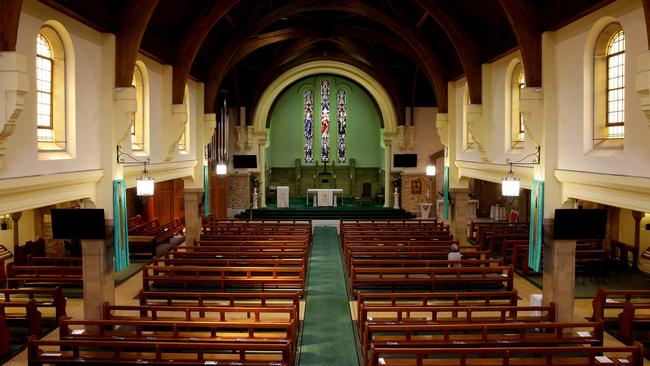
Manly
Don't miss out on the headlines from Manly. Followed categories will be added to My News.
- The master mariner who was a leading light behind the leading line
- Titan was the largest floating crane in the southern hemisphere
- Three died tunnelling sewer from Clontarf to Manly
- Buildings in the bush were just for show
TUCKED away in a side street away from the centre of Manly is the largest church on the northern beaches and one of the oldest.
Properly called the Parish Church of Mary Immaculate and St Athanasius but more frequently called St Mary’s Church, the imposing structure stands near the corner of Whistler St and Raglan St and most tourists to Manly would be unaware of its presence.
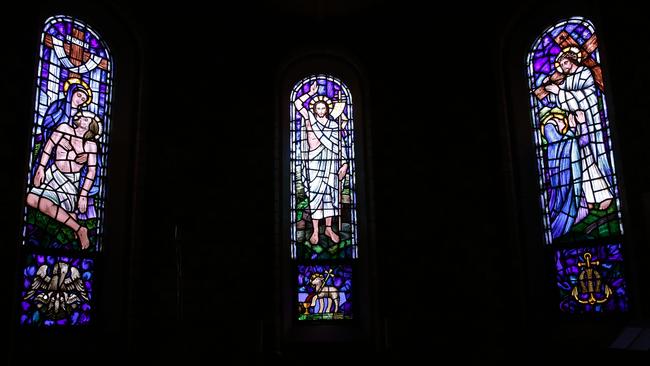
But once inside the imposing structure, its grandeur immediately becomes obvious, with its high timber ceilings and numerous stained-glass windows.
The history of the church was written by former Warringah Library local studies librarian Judy Childs in 1994 and has recently been updated.
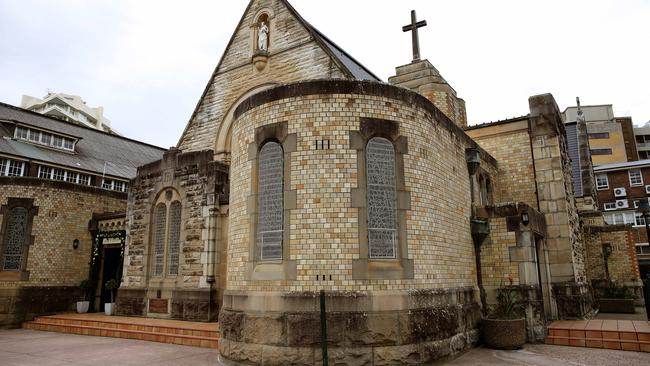
And Mrs Childs touches on one of the mysteries of the church – the location of the foundation stones laid in 1891 and 1908.
The history of the Catholic Church in Manly goes back to the 1850s when Manly’s founder, Henry Gilbert Smith, gave the church land in Pittwater Rd.
The land was consecrated by the Very Reverend Dr Powell in September 1858 but was later deemed unsuitable for a church so Smith exchanged it for a more suitable site in Whistler St.
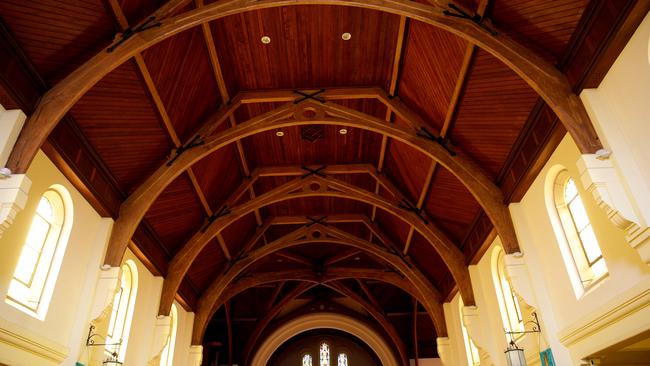
Before the church’s construction, Catholic services had been held in various locations, including in a tent “in a paddock facing the Steyne Hotel” and even “in the large saloon of the Steyne Hotel”.
Given such venues, it was hardly surprising that Rev Powell said that “the want of a church is very much felt”.
The first Catholic church in Manly was a timber structure measuring 12m x 5.5m that was built in 1868 at a cost of £231 on the site of the present St Mary’s primary school.
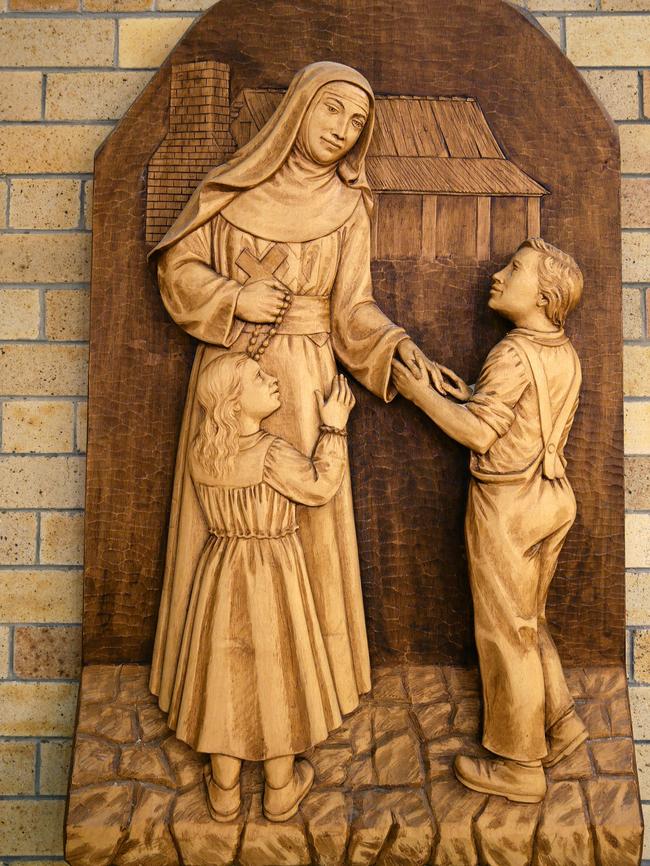
The timber building remained in use until 1917, first as a church and later as a school, after which it was demolished.
Until 1867, Manly was part of the parish of North Shore but in that year became a parish in its own right, extending from Middle Harbour to Barrenjoey Head.
Father Callaghan McCarthy was the first priest for the parish of Manly, followed by Rev P Hallinan in 1876, Fathers Edmund Walsh and J.A. Ryan between 1880 and 1892, Dean Henly in 1882 and Fr George Tuckwell in 1885, by which time the Catholic population had increased to more than 400.
It was Fr Tuckwell who became the driving force behind the move for a larger and more substantial church, petitioning the Archbishop of Sydney and appealing to the people of Sydney for donations to build a new church under the patronage of Mary Immaculate.
In 1890, land adjoining the church was bought for £476 and the foundation stone of the new church was laid on February 1, 1891.
The church was designed by Messrs Tappin, Dennehy and Smart, of Pitt St, Sydney, and comprised a nave, transepts, chancel and sacristies, as well as a tower and a spire, but to being with only a nave was built due to a lack of funds.
The church was described as being of the Norman style, built entirely of white freestone and measured 24m long and 9m wide, with walls 7.6m in height to the eaves.

The nave was officially opened on December 4, 1892, but it would be 17 years before the church was completed and only then because of the generosity of Mrs Isabella Dwyer, who donated £2000 in 1908.
The foundation stone for the extension of the church was blessed in June 1908 and the completed additions to the church were blessed in June 1909.
The church now comprised the nave, transepts, a sanctuary and sacristy.
But by the 1940s, the church was bulging at the seams, despite being able to seat 600 people, so plans were drawn up for further extensions.
Unfortunately these had to be put on hold due to the outbreak of World War II and it was not until 1963 that the extensions were completed.
Equally unfortunate was the fact that the cost of sandstone had become prohibitive, so the extensions were built of brick.
But the leaders of the church also had the foresight to provide for the expansion of the parochial buildings, constructing schoolrooms and a presbytery, and also buying land throughout the northern beaches for churches in other suburbs, such as Avalon, Balgowlah, Dee Why, Forestville, Freshwater, Manly Vale, Mona Vale, Narrabeen and Narraweena.
But what Judy Childs and her aunt, Val Standen, couldn’t find during her research into the church were the foundation stones laid in 1891 and 1908.

Were they removed and subsequently lost or where they covered up by subsequent extensions of the church?
And who was Isabella Dwyer, the generous parishioner who donated £2000 towards the completion of the church?
Mrs Childs found that she was born in 1840, married John Buckley in 1858 and bore him five children before he died about 1868, and then married Phillip Dwyer and had another eight children.
She was the niece of a wealthy pastoralist, James Tyson, and apparently inherited a considerable sum once his affairs had been sorted out.
Isabella Dwyer died at Manly in 1917.


